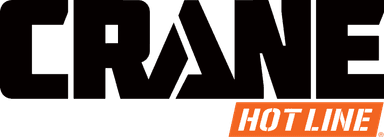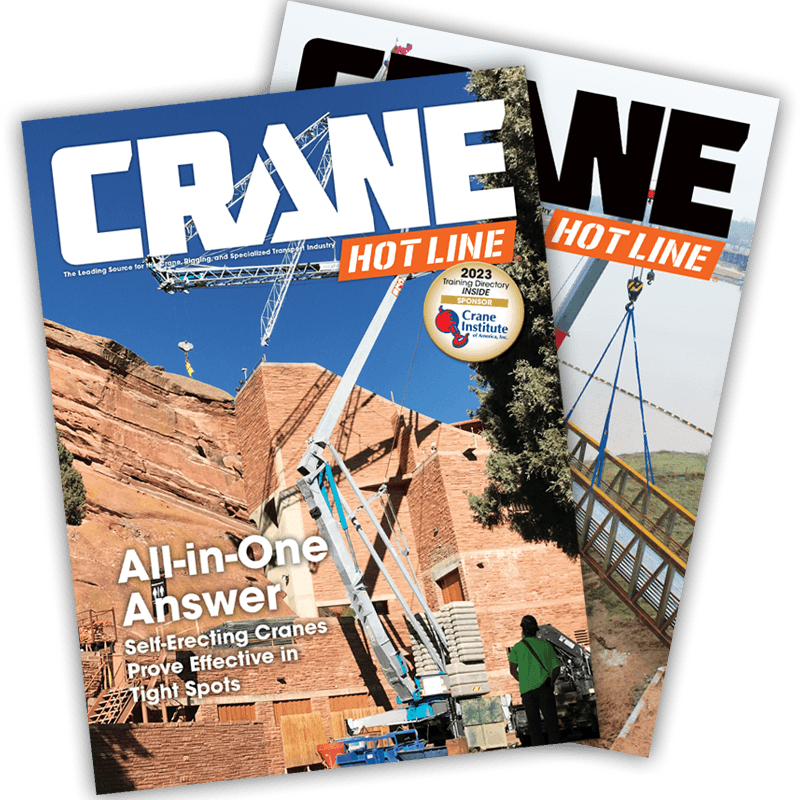Subject: VR-843C telescopic handler; 8,000-pound maximum capacity and maximum lift height of 43 feet; manufactured by Ingersoll Rand, Shippensburg, Pa.
Serial number: 177511
Date in service: June 2004
Hours in service: 1,077
Equipment owner: Ross Equipment Rentals — one of the largest independent rental companies in Arizona. The company currently has nearly 100 telehandlers in its rental fleet — of which 70 are Ingersoll Rand units. It has also sold dozens of IR machines since 2000. Other telescopic handlers in its fleet include CareLift Zoom Booms, Pettibone Extendos, and Terex compact models. Ross Equipment also operates a large fleet or aerial work platforms and, on a smaller scale, dirt equipment.
Service area: Phoenix and surrounding communities
Date of review: 5/1/06
June 14, 2006 • At the time of this review, the VR-843C (Image 1) was operational, but sitting in Ross's yard because it had displayed a dashboard warning light indicating a possible engine problem. The microprocessor management system for the Cummins 4BT3.9 Turbo diesel engine had registered a fault code that had yet to be checked out. These warnings typically end up being nothing serious, but are intended to prevent problems associated with issues like low engine oil pressure or high engine temperature. Later, I learned that although this is not a common issue with the VR-843C (of course, the problem is not exclusive to IR units), when it does happen only a Cummins technician equipped with a laptop computer and the proper software can perform the system check. Often it takes several days for this service call to be made. To shorten this downtime, Ingersoll Rand has plans for its technicians to undergo training in order to perform this service themselves.
 |
|
Enlarge Image
Image 2. Side-by-side tanks present an opportunity for contamination. |
Showing its use, the hydraulic oil and fuel tanks and corresponding fill points are side-mounted and located next to each other. In a previous article on a VR-1056, I suggested shipping the machine with a lockable or bolt-down hydraulic filler cap to reduce the chance that diesel fuel will end up where it's not supposed to be. The problem can be exacerbated when oil and diesel fuel residue obscures the identification decals (Image 2). If your telehandler doesn't have securable caps, I recommend spending a few bucks to save yourself the ordeal and expense of replacing and disposing of 40 gallons of hydraulic oil.
 |
|
Enlarge Image
Image 3. Great care is taken to route and protect hydraulic hosing. |
This VR-843C has experienced no component failures, structural issues, or paint deterioration. All of the exposed hydraulic hoses (Image 3) appear to have held up well, due in large part to the way they were routed, providing them with protection. Looking down the inside of the boom and as far as possible inside the chassis, I could not find a single point that would indicate the potential of premature wear. Where appropriate, including those running down the bottom side of the main boom, the use of steel lines are employed.
According to Ross Equipment's staff, the boom's slide pads have required minimal adjustment. The boom is straight and solid. But be sure to inspect and watch the rear boom slide pads. If they do happen to come loose they can fall back into and damage the nylon sheaves that carry the internally routed hydraulic hoses. You can imagine what a mess this would cause.
 |
|
Enlarge Image
Image 4. In-frame engine installation allows easy service of all preventive maintenance points. |
Although there continues to be a move among manufacturers to side-mounted engines, it is hard to argue with the tried and true in-frame configuration (Image 4) utilized by the larger VR Series products. All regular preventive service points are top side and easy to access from either side of the chassis.
 |
|
Enlarge Image
Image 5. Durable cab design includes smooth performing controls. |
A durable cab interior (Image 5) is represented by operational decals and warning placards that looked practically new. Pilot-operated valves are actuated through the use of a multi-function joystick. During my test drive, all operations performed by the joystick proved to still be smooth and precise. The only wear issue is the seat. I wonder how difficult it could be to design a seat with a reinforced corner, yet nobody seems to be doing it!

Power train
 |
|
Enlarge Image
Image 6. Trunion pivot bushing can drift out of position. |
The Dana P12000 three-speed, power-shift transmission has worked flawlessly for Ross Equipment. It is coupled to Dana-supplied drive line and axles, which have performed well with but one area to watch. The frame-leveling system requires that the axles be allowed to pivot vertically, and the trunion bearing (Image 6) that the axle pivots on requires grease. According to Ross Equipment, on a few occasions, the brass bushing in this bearing has rotated out of position. This can cause the grease ports to fail to deliver grease and can lead to premature failure. If one of these bearings gets lost, Ross's staff recommends using Permatex Locktite Red High Strength Threadlock
 |
|
Enlarge Image
Image 7. Titan Super Rigger tires deliver excellent service life in a desert environment. |
er to keep the replacement from rotating.
I have one final comment about the tires on this VR-843C, which is equipped with Titan Super Riggers with rock tread (Image 7). In Arizona, where mud is rarely a problem, loader lug treads are ground down in a matter of months. Rock tread tires fair much better working on the hard pan prevalent in the desert southwest. After two years, the tires on this unit look very good, and with the rising cost of rubber, this is a welcome sight.

Owner's opinions
A total of 70 VR Series models in its fleet is a sure sign that Ross Equipment is pleased with the performance of Ingersoll Rand telehandlers. “We have had great luck with all the VR products,” said Rick McLain, vice president of operations.
The service records indicate that the only breakdowns are related to the engine fault code and the replacement of the bearing. Total preventive maintenance and breakdown service costs totaled only $1,756 over the life of this telehandler. Although I have seen better from other IR machines, an average of $70 a month in costs is a very low number • a figure Ross Equipment is — and any one would be — quite pleased with.











